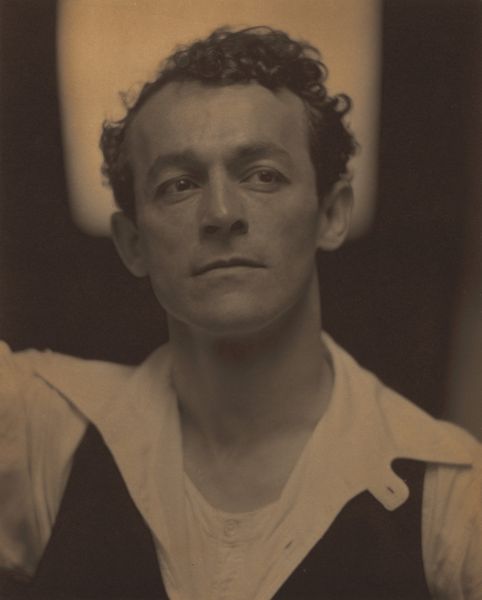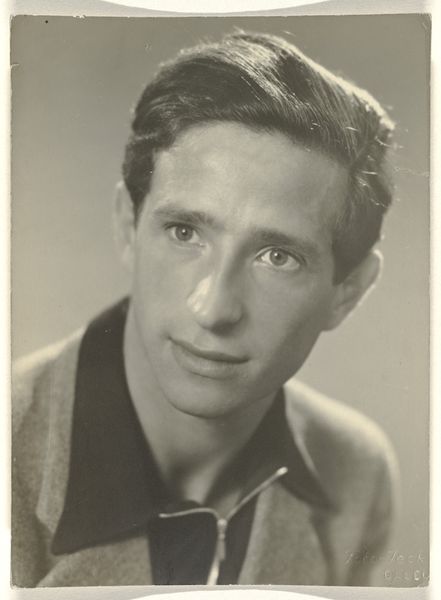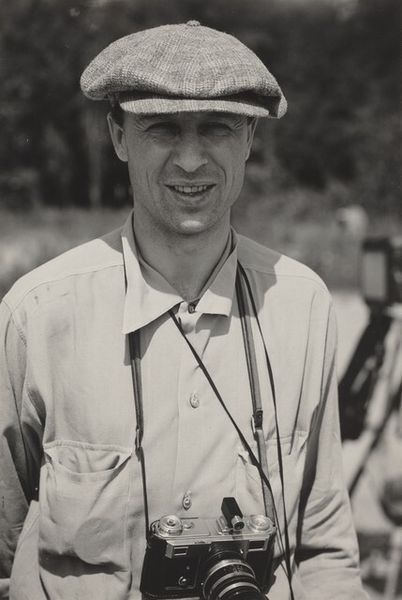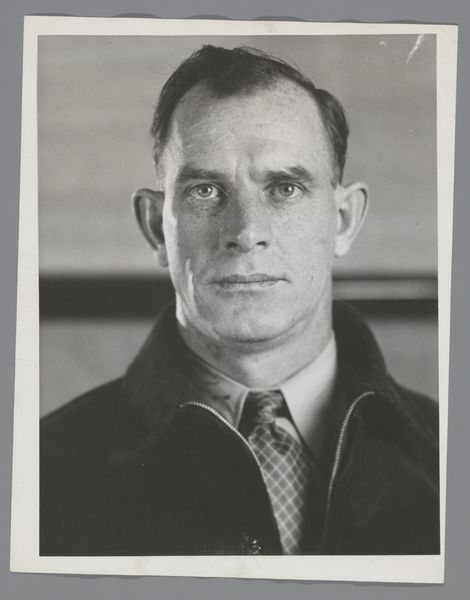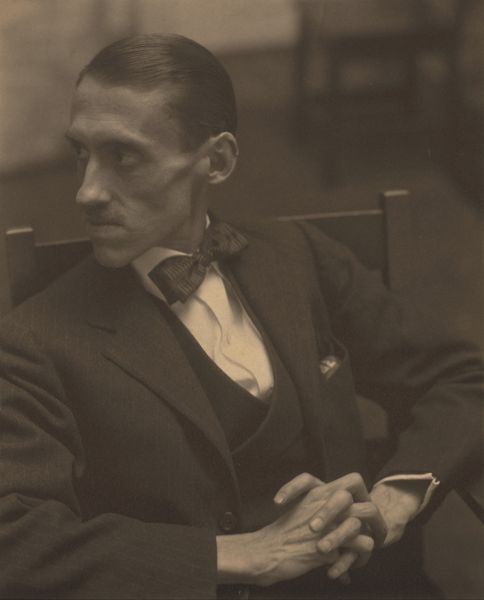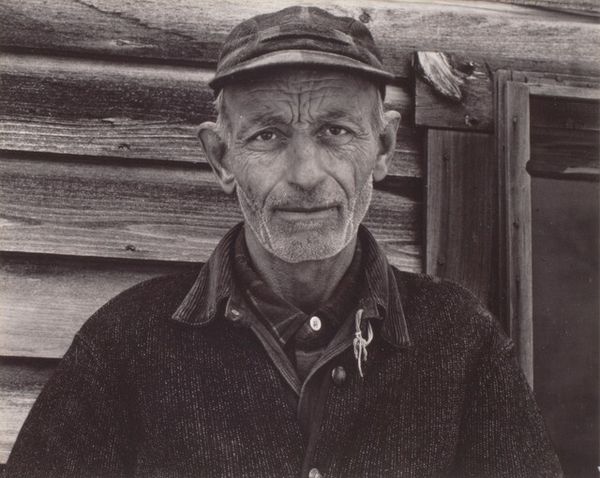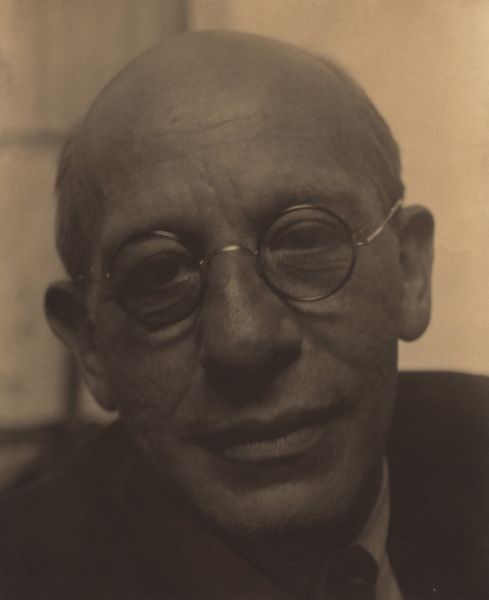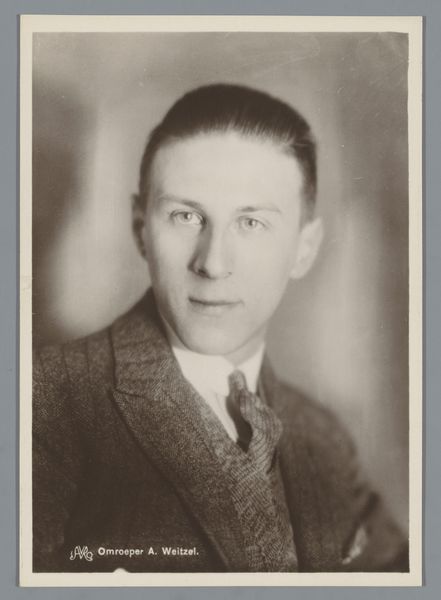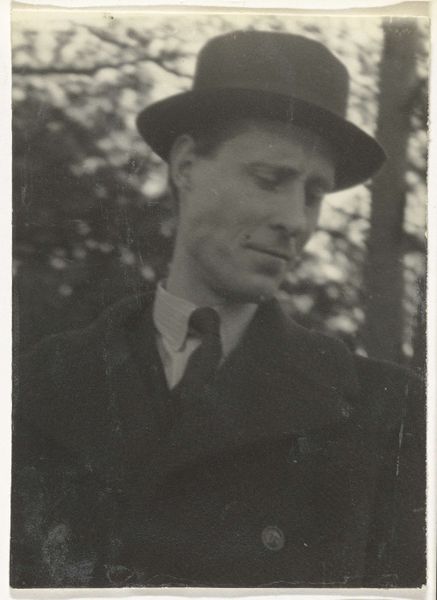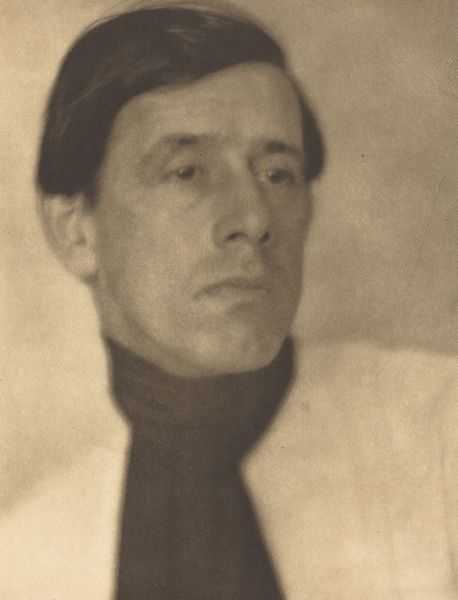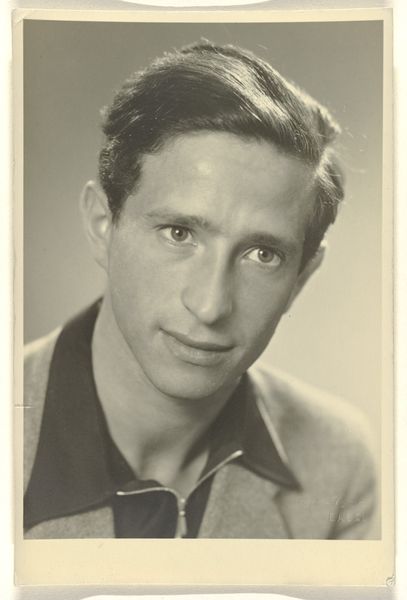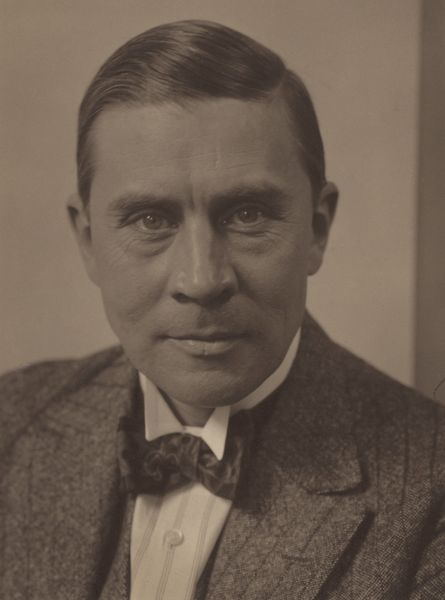
One of the mulattoes who works on the John Henry Plantation and is very skilled in woodwork, weaving and crafts. Melrose, Natchitoches Parish, Louisiana 1940
photography
portrait
african-art
portrait
landscape
photography
historical photography
realism
Dimensions: image/sheet: 33 × 23 cm (13 × 9 1/16 in.)
Copyright: National Gallery of Art: CC0 1.0
Editor: This is a photograph taken by Marion Post Wolcott in 1940. The title is "One of the mulattoes who works on the John Henry Plantation and is very skilled in woodwork, weaving and crafts." I find it fascinating because it seems to suggest a complicated tension between labor and skill, especially in its focus on craft. What do you see in this piece? Curator: As a materialist, I’m drawn to the intersection of labor, identity, and representation evident here. The title itself, while descriptive, hints at the social stratification inherent in plantation life, even after slavery. The materials used by this individual—the wood, fibers, dyes—and the very act of crafting them into something of value, become a form of resistance and self-definition. Consider how Wolcott's use of photography becomes another layer of this process. Editor: That’s an interesting way to look at it. Do you think the photograph is attempting to elevate craft, or is it still framing it within the context of plantation labor? Curator: I think it’s both. The image captures a worker’s humanity but also acknowledges the economic forces that shaped his existence. Look at his overalls. Work clothes are not typically considered objects of beauty but in the historical context of plantation life, they acquire a particular resonance by representing both forced labour and means of existence. What's striking is the pride suggested in his expression despite these limitations. It’s about finding agency in a system designed to deny it. The image is part of his creation and is part of Wolcott's process. Editor: That makes me reconsider the value I place on artistic practices of today in contrast to forms of labour which don't appear obviously 'artistic'. Curator: Exactly. By examining the materials and labor embedded in objects we often overlook, we can challenge conventional hierarchies of art and value. This photo challenges the way art history separates fine art from craft traditions. Editor: Thanks. It is enriching to discuss craft as material expressions within a system of value and social structures.
Comments
No comments
Be the first to comment and join the conversation on the ultimate creative platform.
